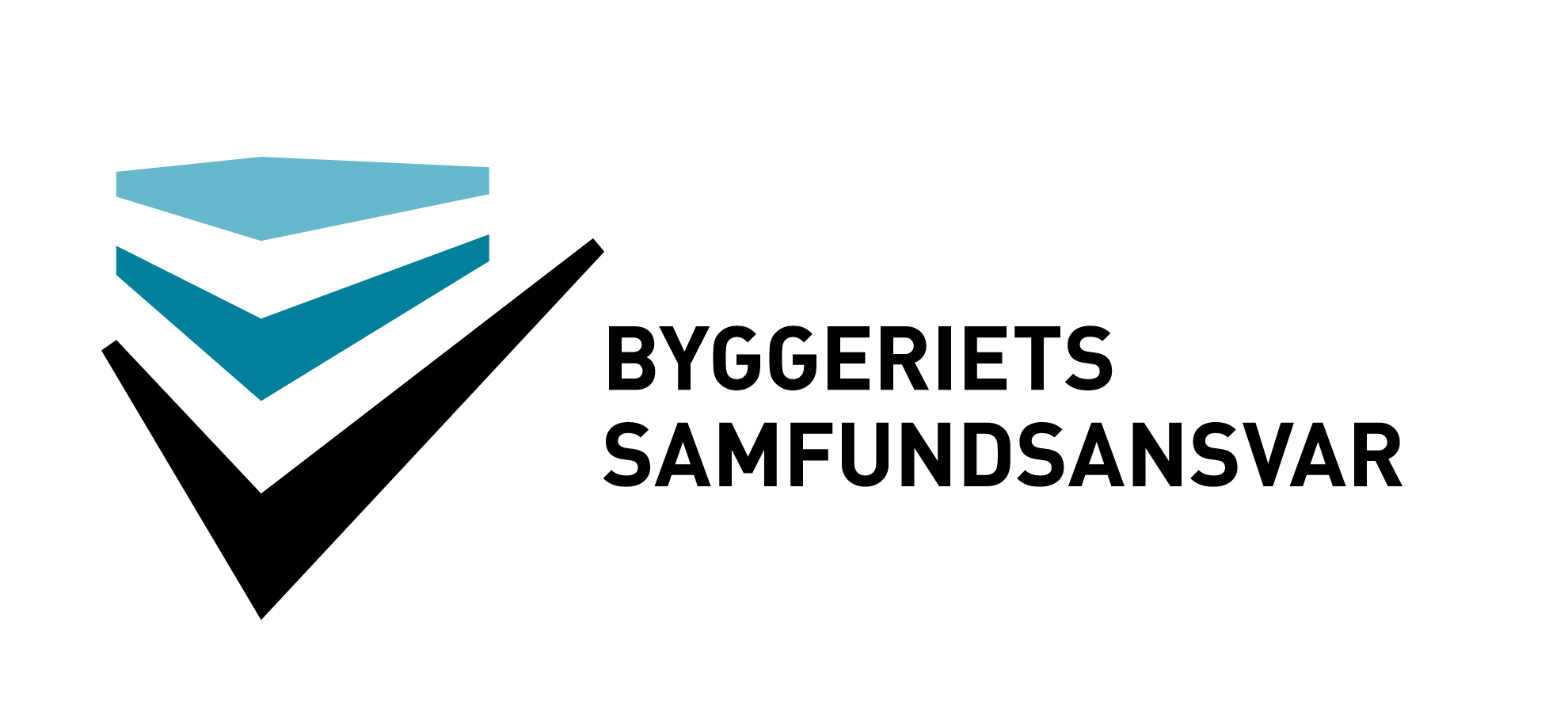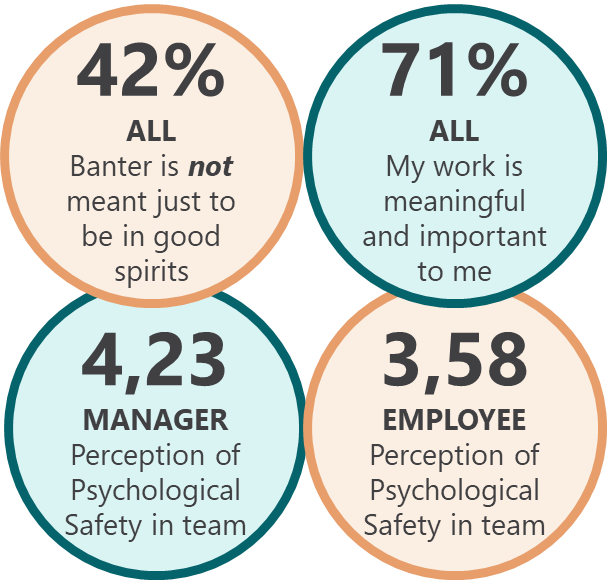
Psychological Safety as the Foundation for Inclusion
In
2022, Lysna Nordic embarked on a journey with Byggeriets Samfundsansvar to
measure, raise awareness of, and provide tools to improve psychological safety
in the construction industry.
With a blend of research-based tools, our goal was to understand and address the underlying challenges affecting psychological safety and team dynamics on construction sites.
With a blend of research-based tools, our goal was to understand and address the underlying challenges affecting psychological safety and team dynamics on construction sites.

A fascinating aspect of these methods is their deep-rooted foundation in research. It is astonishing that it's possible to 'objectify' psychological safety, good collaboration, and the ability to achieve results using the 'Team Communication Mirror'.
Why We Started...
Our journey was initiated by invitation from Byggeriets Samfundsansvar - an association that brings together stakeholders across the construction value chain to promote sustainable development. The association identifies challenges and focuses on trouble spotting - "Where does the shoe pinch" to ensure a sustainable future of the industry..
Where Does the Shoe Pinch?
The
'Room for Everyone in Construction' project - an analysis from 2020, revealed
that a 'tough but loving tone' meant many minorities either left construction
or survived through coping strategies. Our analysis could expand on this,
showing that surprisingly many - including most men - do not thrive with the
tone. The way communication occurs, especially in larger forums, hinders psychological safety and constructive, productive
collaboration.
So, What Happened?

Our
Five Key Recommendations for Further Work on
Improving Psychological Safety in
Construction:
LEADERSHIP DEVELOPMENT:
Strengthen
leaders' skills with a focus on psychological safety and inclusion. Build
knowledge and a toolbox to create a culture that encourages collaboration to
deliver the right quality at the right time
LEADERSHIP DEVELOPMENT:
Strengthen
leaders' skills with a focus on psychological safety and inclusion.
Build
knowledge and a toolbox to create a culture that encourages collaboration to
deliver the right quality at the right time.
STRUCTURAL REVIEW FOR COLLABORATION:
Initiate a dialogue on the
development of the piecework model to promote collaboration across professional
fields and ensure better results.
LEARNING & APPRENTICES:
Delve into the learning
perspective and understand that the learning process is crucial for a bright future
for the industry. Incorporate the understanding that construction projects will
have numerous unknown factors that need to be matched with apprentices'
learning process to reduce their vulnerability as the weakest link in the
chain. To train others requires qualifications that experienced colleagues should
be familiar with.
HIERARCHY & POWER STRUCTURES:
Establish transparency about the use of
managerial rights and ensure safe, anonymous and numerous channels for
constructive and concrete handling of employee inquiries.
Here’s the
mini report on psychological safety
in the building industry

